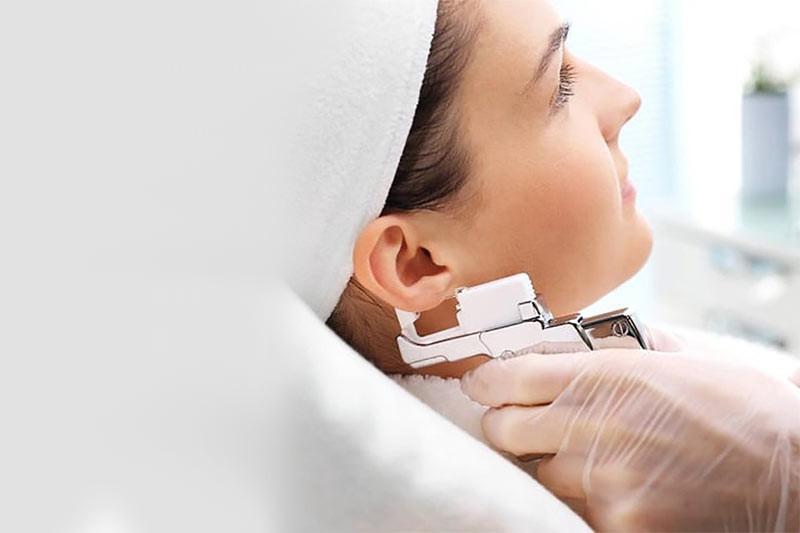
Ear piercing is a common form of body modification that involves making a small hole in the earlobe or cartilage. While it is a relatively simple procedure, it is essential to take proper care of the piercing site to prevent infections and other complications. In this blog, we will discuss the benefits of getting your ears pierced with a dermatologist and the steps involved in the ear piercing treatment.
Benefits of Getting Your Ears Pierced with a Dermatologist
When it comes to ear piercing, many people choose to get it done at a jewelers store or a piercing studio. However, getting your ears pierced with a dermatologist has several benefits, including:
- Safe and Sterile Environment: Dermatologists are medical professionals who are trained to perform procedures in a safe and sterile environment. They follow strict protocols to ensure that the equipment and tools used are sterile to prevent infections.
- Proper Aftercare: After getting your ears pierced, it is essential to take proper care of the piercing site to prevent infections and other complications. Dermatologists provide detailed aftercare instructions and can monitor your healing process to ensure that everything is going smoothly.
- Experience and Expertise: Dermatologists are highly trained medical professionals who have years of experience performing various procedures. They can assess your skin type and recommend the best type of jewellery to prevent allergic reactions.
Steps Involved in the Ear Piercing Treatment with a Dermatologist
The ear piercing treatment with a dermatologist typically involves the following steps:
- Consultation: During the initial consultation, the dermatologist will discuss the procedure with you and answer any questions or concerns you may have. They will also assess your skin type and recommend the best type of jewellery for you.
- Preparation: The dermatologist will clean the area around your earlobe or cartilage with an antiseptic solution and mark the spot where the piercing will be made.
- Piercing: The dermatologist will use a sterile needle to make a small hole in your earlobe or cartilage. They will then insert the jewellery into the hole and secure it in place.
- Aftercare: After the piercing, the dermatologist will provide you with detailed aftercare instructions. This may include cleaning the piercing site twice a day with saline solution, avoiding swimming or submerging the piercing in water for several weeks, and avoiding changing the jewellery for at least six weeks.
Conclusion
Ear piercing is a popular form of body modification that can be done safely with proper care and precautions. Getting your ears pierced with a dermatologist can provide several benefits, including a safe and sterile environment, proper aftercare, and experience and expertise.
If you are considering getting your ears pierced, schedule a consultation with our dermatologist to discuss the procedure and ensure a safe and successful outcome.

